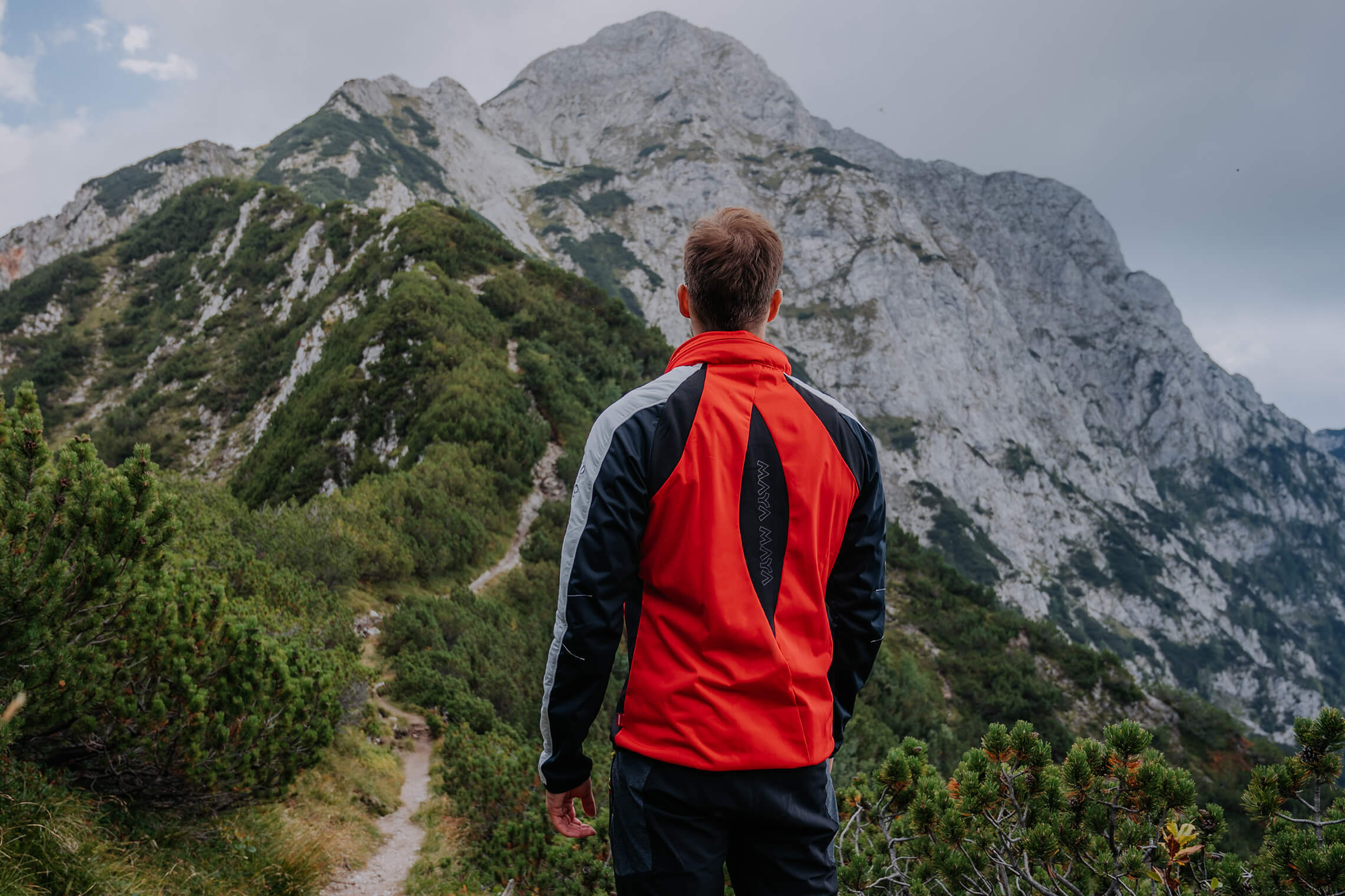
THE HEAT: Part 2
How to deal with the heat and stay safe
In the previous article we spoke about how our body functions in the heat and how it adapts to the ever-changing environment around us. But why don’t we dive deeper and discover some useful tips on how to protect ourselves from the UV rays, dehydration and heat itself.
When the summer is approaching we always have two types of people around us: the ones that can’t wait for the hot summer to come, and the others who are not that excited to welcome the summer. Nevertheless, the hot days are there to stay and we have to adapt. Our body heats much faster in summer conditions and the stable weather conditions allow us to enjoy different outdoor activities. The problem arises with the fact that our body also has difficulties to cool down when the temperature of the environment is pretty high.

CLOTHING AS YOUR FAITHFUL COMPANION
Before we decide to go for a hike, run or a bike ride, we need to think about the appropriate layering and take into consideration functional aspect of clothing. For running, less clothing is needed while if we decide to go for a hike, we should think about wearing multiple layers. Very important factor also to consider is the absorption rate of the clothing. If we are quite active, then we need garments that will transfer the moisture as fast as possible towards the exterior of the clothing. Excess sweat will then evaporate more quickly and allow our bodies to cool down. The garment stays comfortable and dry, and will be useful for many years to come.
When we are active and performing different sports, our bodies need to feel as free as possible. That is why thin, light and ergonomically designed clothing provides us with most comfort. New technologies and designs provide even higher comfort. Seamless clothing is one of the things to consider, since it significantly reduces skin irritation. When choosing running or mountain socks, their properties come into play since they can save us from different discomfort which we could face in the summer heat and due to increased body sweating.
THE SUN
In the winter we are happy to welcome it any day, while in the summer we try to reduce our exposure to it. Summer afternoons can be tough due to high moisture and temperatures, but the sun itself doesn’t make it easier. Direct sunlight can be an exhausting and tough summer companion. If we find ourselves in urban settlements or green and usually chilling forests, we can find a way to escape the direct sunlight. But we must be extra careful when we are located in open spaces, like fields and unsheltered coastline. Mountains can provide us with fresh and cool air, but we must not forget that the solar radiation is even more enhanced due to the higher altitude. Don’t let the clouds fool you! Stay protected even in the cloudy weather. Sunglasses and protective caps are a must, we all know that. But it is also advised to have long-sleeved shirts and regular pants, due to the increased coverage of the body. It is also good to know that the clothing made for outdoors only is composed of materials that will offer a higher UV protection compared to regular, cotton garments. So shop smart!
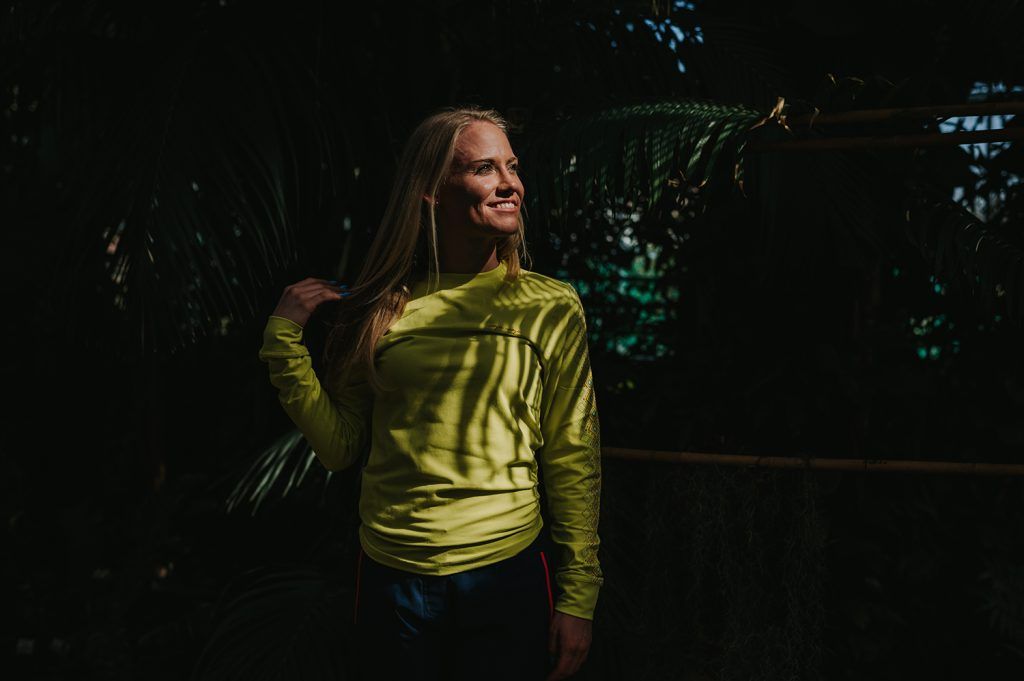
THIRSTY MUCH?
We know this feeling all too well. Thirst is an excellent sign our body gives us. It is one of the first signs of early stages of dehydration. Until the moment we feel strong thirst, it is possible that our body has already lost up to 2% of our body weight. Because of that, our body must provide the physiologically needed volume of fluid in the bloodstream by redistributing it from the cells and the intercellular space. Every decrease in this volume of fluid drastically impacts our performance and can cause severe fatigue. Hydration is one of the most beneficial and helpful ways to endure during the summer heat outdoors.
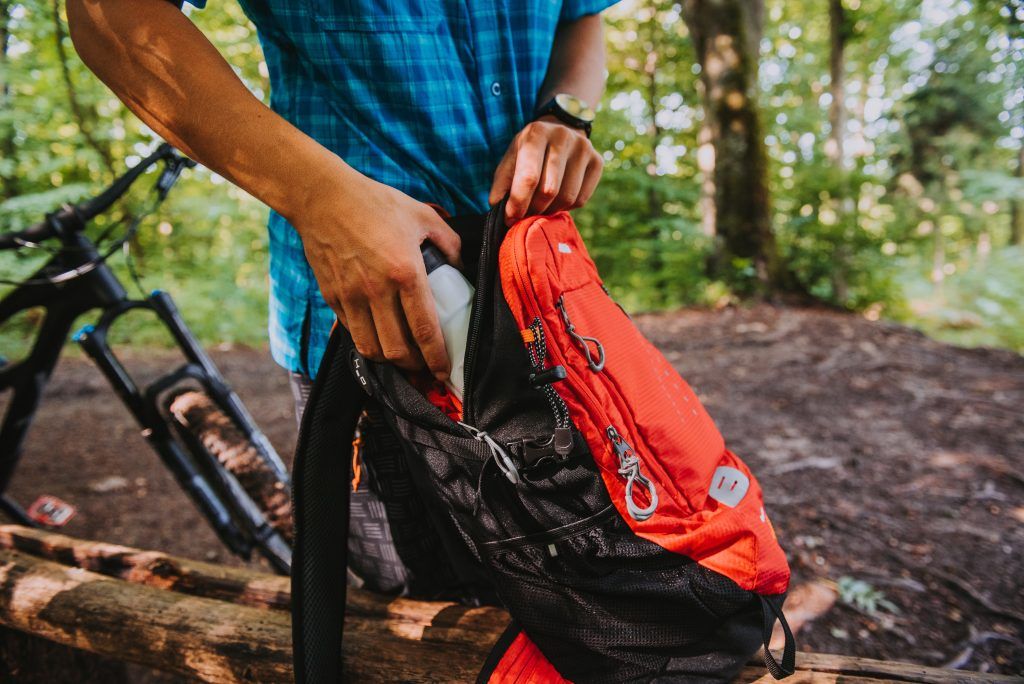
Hydration is important during the whole day. Drinking alcoholic drinks and coffee should be avoided, due to diuretic effect they have on our body. Often we feel hydrated after a few sips of water, but that is just not enough when it comes to the level of internal hydration. Always drink more, your body will thank you later. Level of hydration can be also determined by the color of our urine. If we are hydrated, urine will be clear. If the body is going into dehydration, the color will be dark yellow or even slightly brownish.
As we mentioned in our pervious article, needed amount of water that we should consume after the exercise can be determined by weighing ourselves before and after the activity. If we need a quick rehydration, we should consume 150% of the fluid volume we lost. But in some cases just water is not enough. Lost electrolytes should be also added to the water. Or you could just buy different drinks filled with these electrolytes from the store. If you would like to skip the processed drinks and make your own drink, we have just the recipe for you!
Homemade electrolytes-filled drink:
– 0.7 L water
– 25 g glucose
– 2 g kitchen salt
– 1 tsp lemon juice or vitamin C
– Recommended temperature of the beverage: 12–15 °C
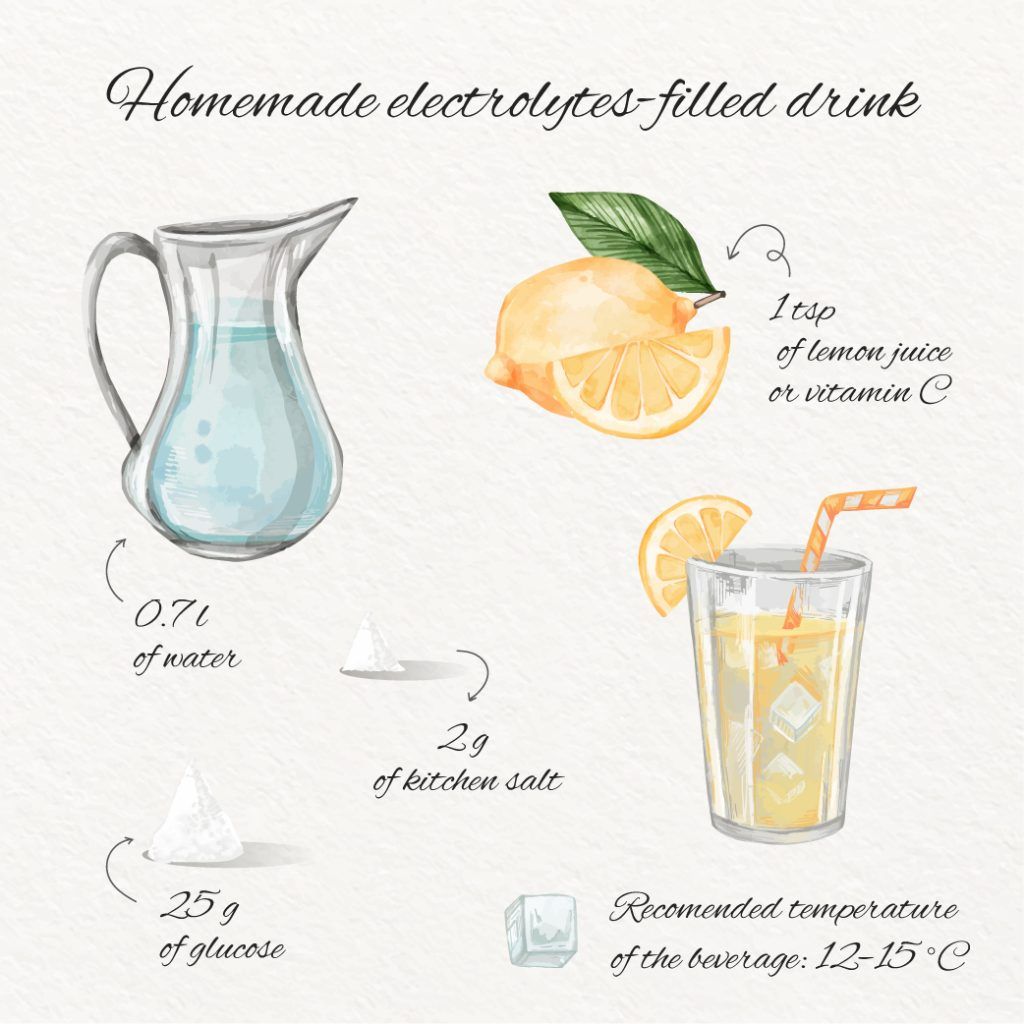
Glucose and salt can be consumed in the form of capsules during the physical activity. These capsules can be found in specialized sports shops or in pharmacies. For the preparation of the drink, regular kitchen salt will do the job. Instead of lemon juice you can also use the juice of grapefruit or orange. Finally, glucose can be substituted in case of more exhausting exercises with the same amount of a mix of maltodextrin, fructose and sucrose.
Tip for the hills: If you find yourself planning a hike or a trekking adventure, find a way to make things easy and more convenient. Here is one tip from us when it comes to proper and convenient hydration at the same time. On many occasions you can find yourself stopping in the middle of an incline or a hill to drink some water. It can be quite tiring and you can see it as a loss of time. That is why we recommend using the so called “water bladder”, where you fill a large bag with water, put it in your bag and have a long tube coming out from it, which is reachable without taking of the backpack. Have a quick sip from time to time and don’t bother with making many undesired stops along the way.
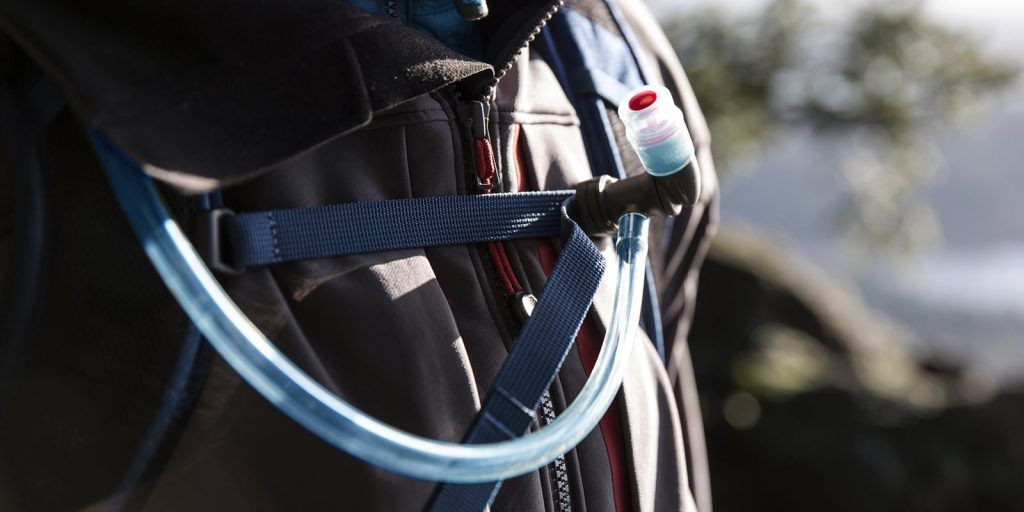
PICK THE RIGHT MOMENT
Choosing the right timing for your exercise can be helpful to minimize the fatigue caused by the heat. Outside temperature and humidity vary from hour to hour. Mornings are known to be the the best for being outdoors. Anytime between 11:00 and 16:00, the temperatures increase and the solar radiation is higher, therefore it is advised to skip any activities or exercises during this period. You can always postpone your exercise until evening, when the conditions are much more comfortable. In the hottest days of summer, you should also consider limiting the exposure to the heat. We feel the best in clothing which is a bit loose and cool to the touch. Taking some water every 15-20 minutes is advised. After a few weeks of the hot summer days, our body will get used to the summer conditions and will have fewer struggles in the heat. Of course, that does not mean you should relax too much. Always be prepared and safe!
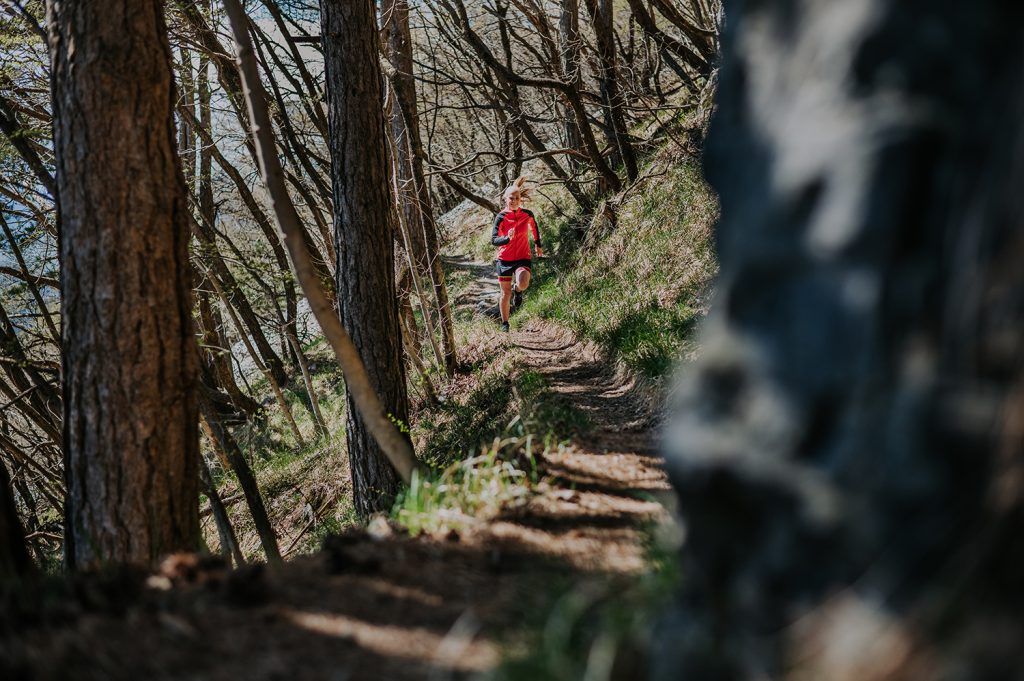
UV RAYS – OUR FEARED ENEMY
What would be a safety related summer guide without some words about the solar radiation and UV protection. We all know of it, but it is more often that we forget about it. We usually take care of our eyes and our skin, but what about the rest of our body. What about our skin which is underneath the clothing. Let’s first just go over some acronyms related to the solar radiation.
Ultraviolet rays or short – UV rays. UV spectrum is part of the sunlight and is divided into three main categories: UVA, UVB and UVC. It stands for electromagnetic waves with short wavelength outside of the visible light spectrum; therefore a human eye cannot detect it.
UV index is a parameter we come across when we look at the weather forecasts and it marks the highest amount of UV rays in a given time and at a specific location. It is dependent on the Earth’s ozone layer and place where we are in. The UV index is highest by the sea and in the mountains, when there is snow there.
SUN PROTECTION FACTOR (SPF)
This is a term we all came across, from our early childhood when our parents used to cover us in sunscreen at the beaches until we were completely white. But what does this factor actually tell us? It specifies the amount of solar energy (UV radiation) which is required to produce sunburn on protected skin. Mostly it refers to the UVB rays.
ULTRAVIOLET PROTECTION FACTOR (UPF)
Unlike SPF which usually refers to sunscreens and lotions, UPF is used when we talk about clothing. Values of the UPF tell us what amount of UV-light is absorbed in a specific clothing garment. For easier comprehension, here is an example. Value of UPF 50 means that the fabric blocks around 98% of the sun’s rays and allows two percent (1/50th) to penetrate and reach the skin.
UPF scale:
- UPF 0–14 – low UV-protection
- UPF 15–24 – good UV-protection
- UPF 25–39 – very good UV-protection
- UPF 40–50+ – excellent UV-protection
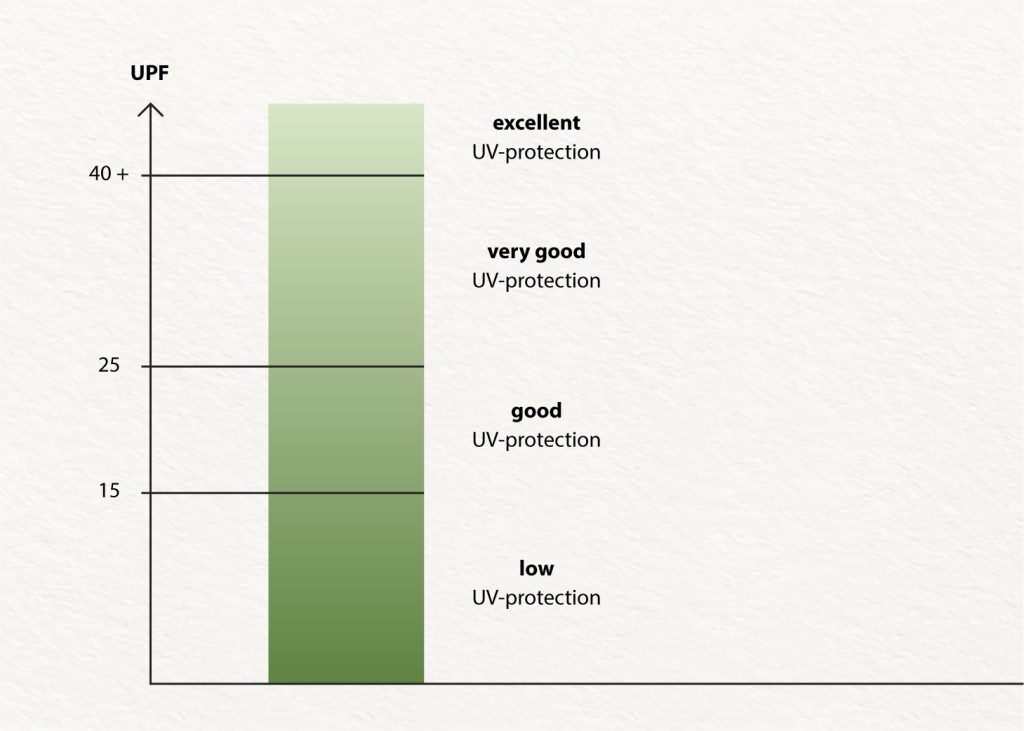
By this, we conclude with the second article from our summer guide. In the third and final article »THE HEAT 3: What to wear under the summer sun?« (coming 26.07.2022) we will talk about the materials and clothing, and how to choose the right clothing for the right sports.
Latest guides


THE HEAT: Part 3
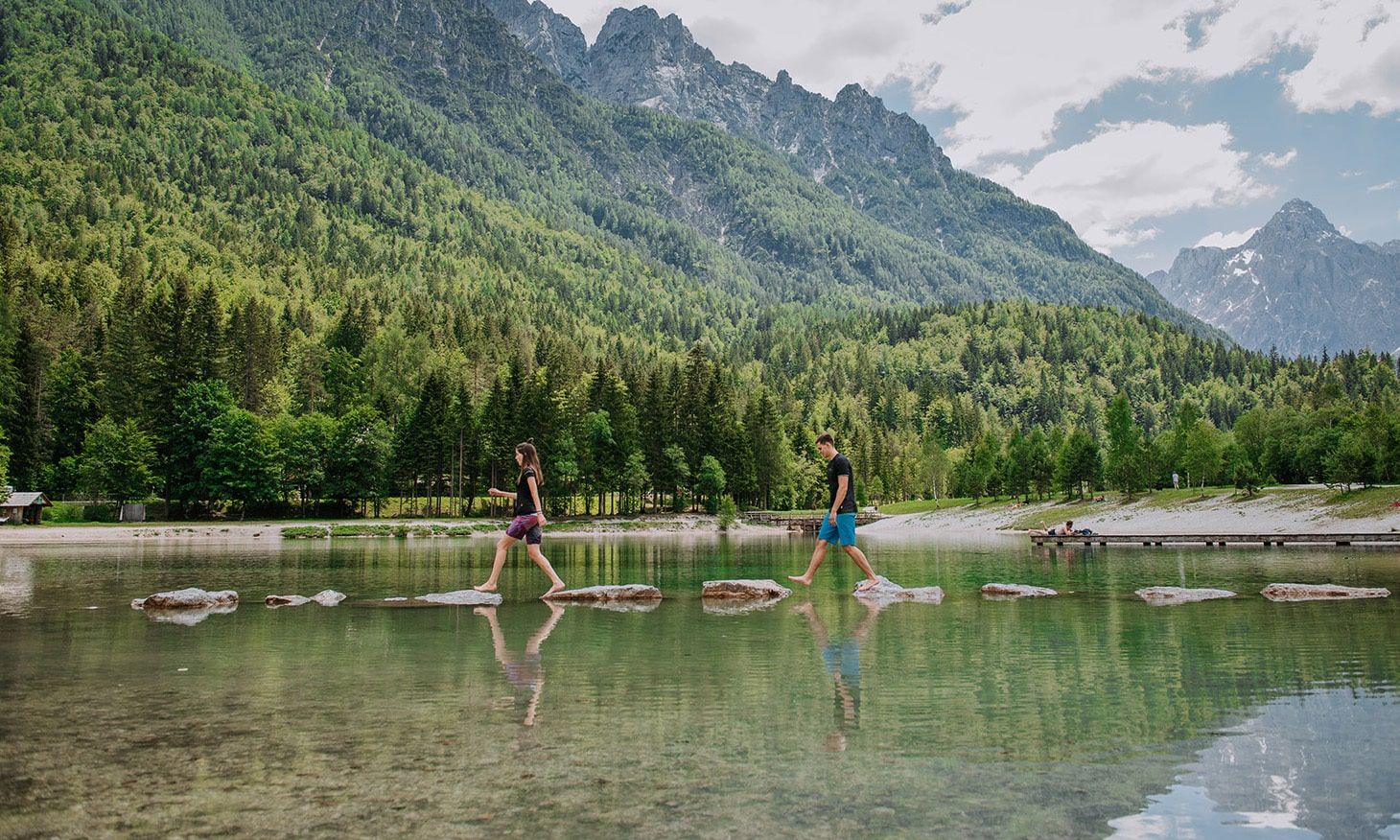
THE HEAT: Part 2
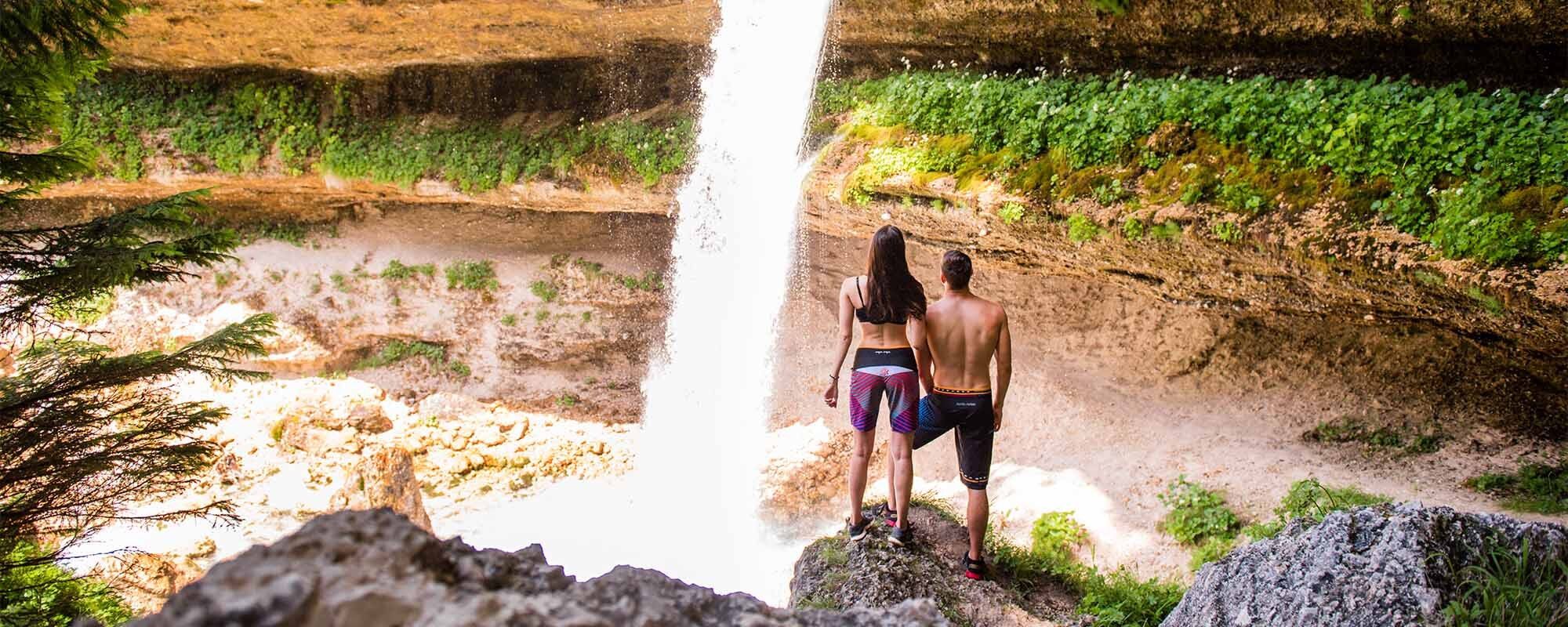
THE HEAT: Part 1
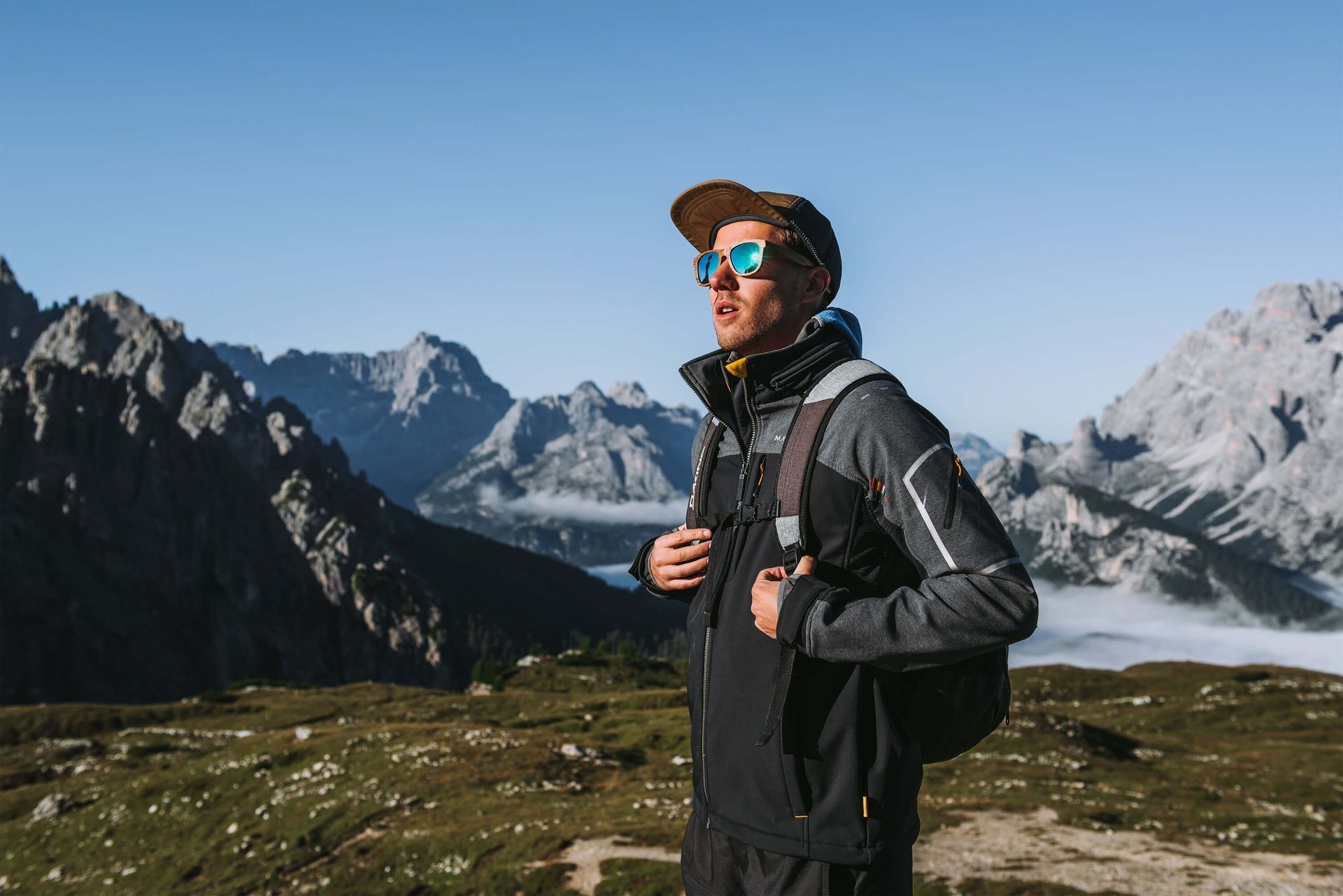
Thermal balance: what it means?
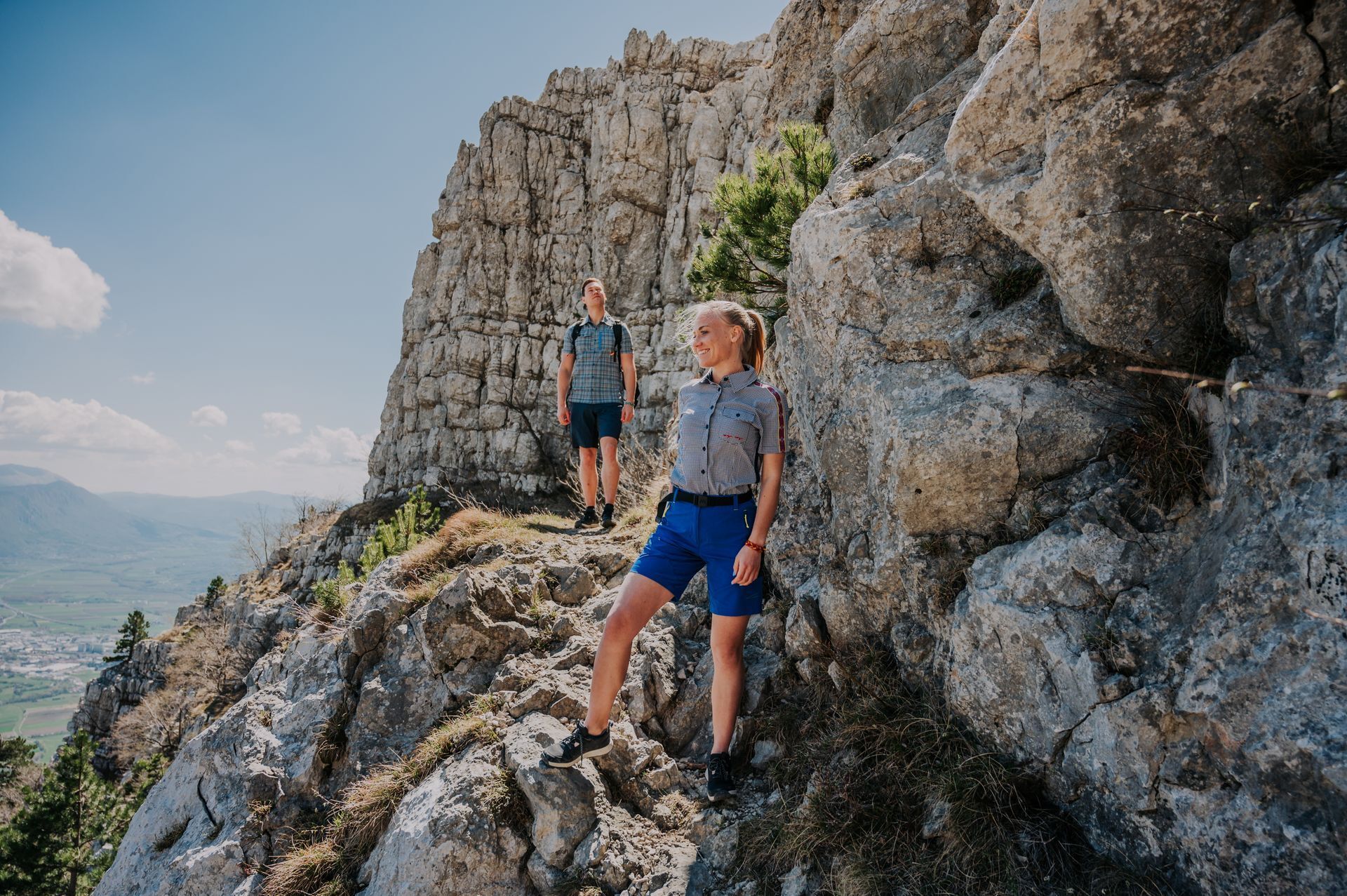
What do I wear for hiking?
Inspiring stories

History of Ancient Mayans

Event recap
Discover the magic of MAYA MAYA at our Landquart event. Explore the ‘Unique and Indigenous’ collection, enjoy cocktails, and workshops.

What to wear for an autumn hike?
Gear up for colder days with our guide on hiking in dry conditions. Learn about layering, baselayer, softshell and pants for optimal comfort.

THE HEAT: Part 3
Stay stylish and protected under the summer sun with our perfect outfits for walking, beach outings, active vacations, and mountain hikes.

THE HEAT: Part 2
Stay safe in the heat with tips on UV protection, hydration, and clothing. Adapt to summer conditions for outdoor activities, enjoy the sun!

THE HEAT: Part 1
Learn how your body functions in the heat, how to stay safe outdoors, basics of thermal comfort, internal temperature regulation, sweating.

Thermal balance: what it means?
Thermal balance is crucial for our well-being. Understand what it means, how it affects us and learn about heat exchange and metabolism.



